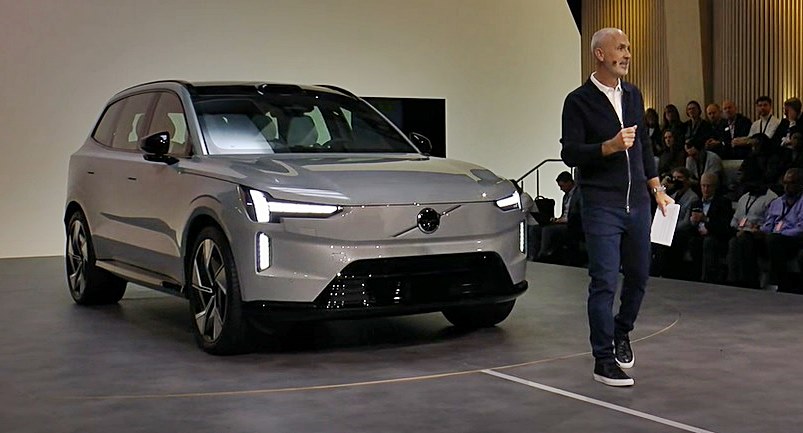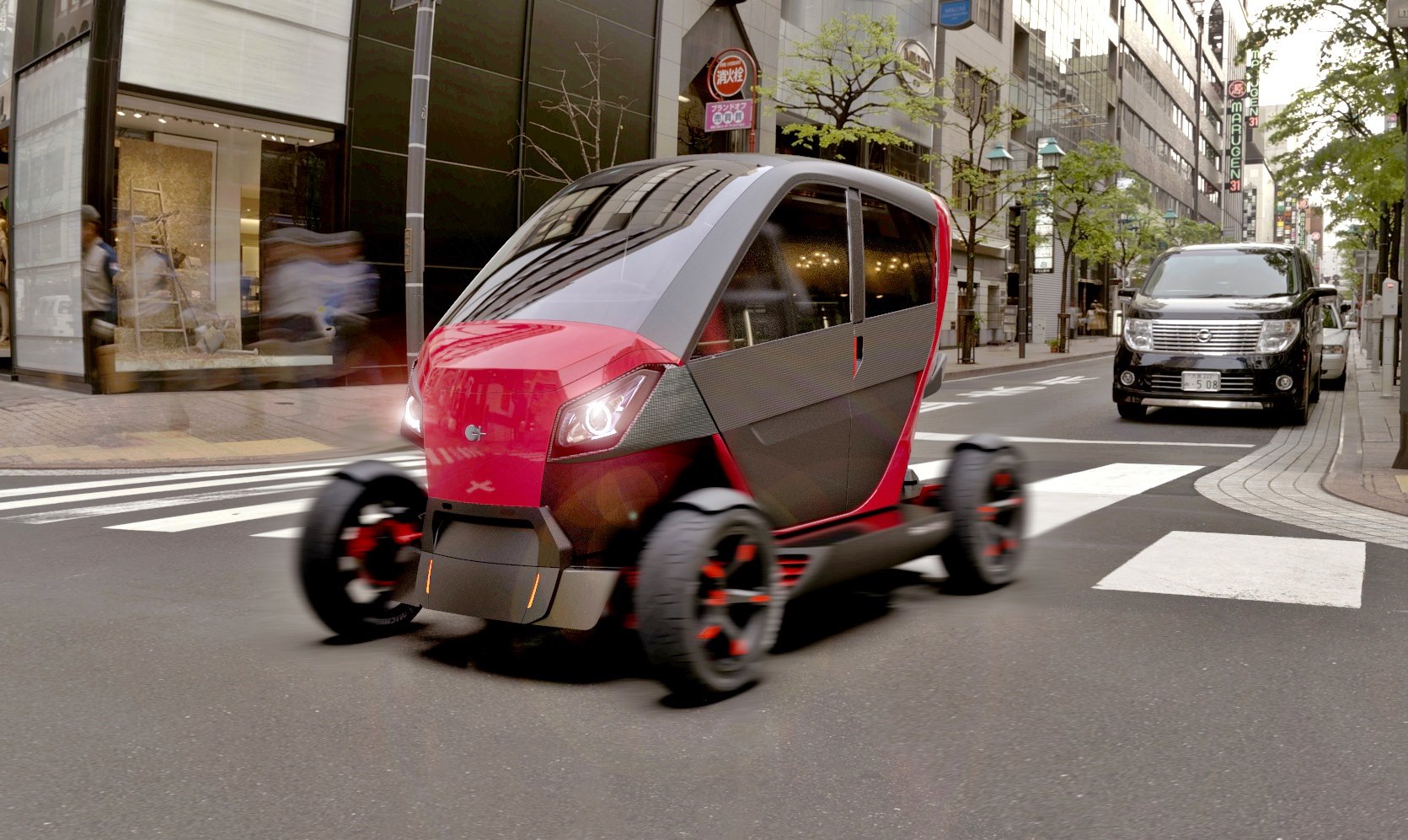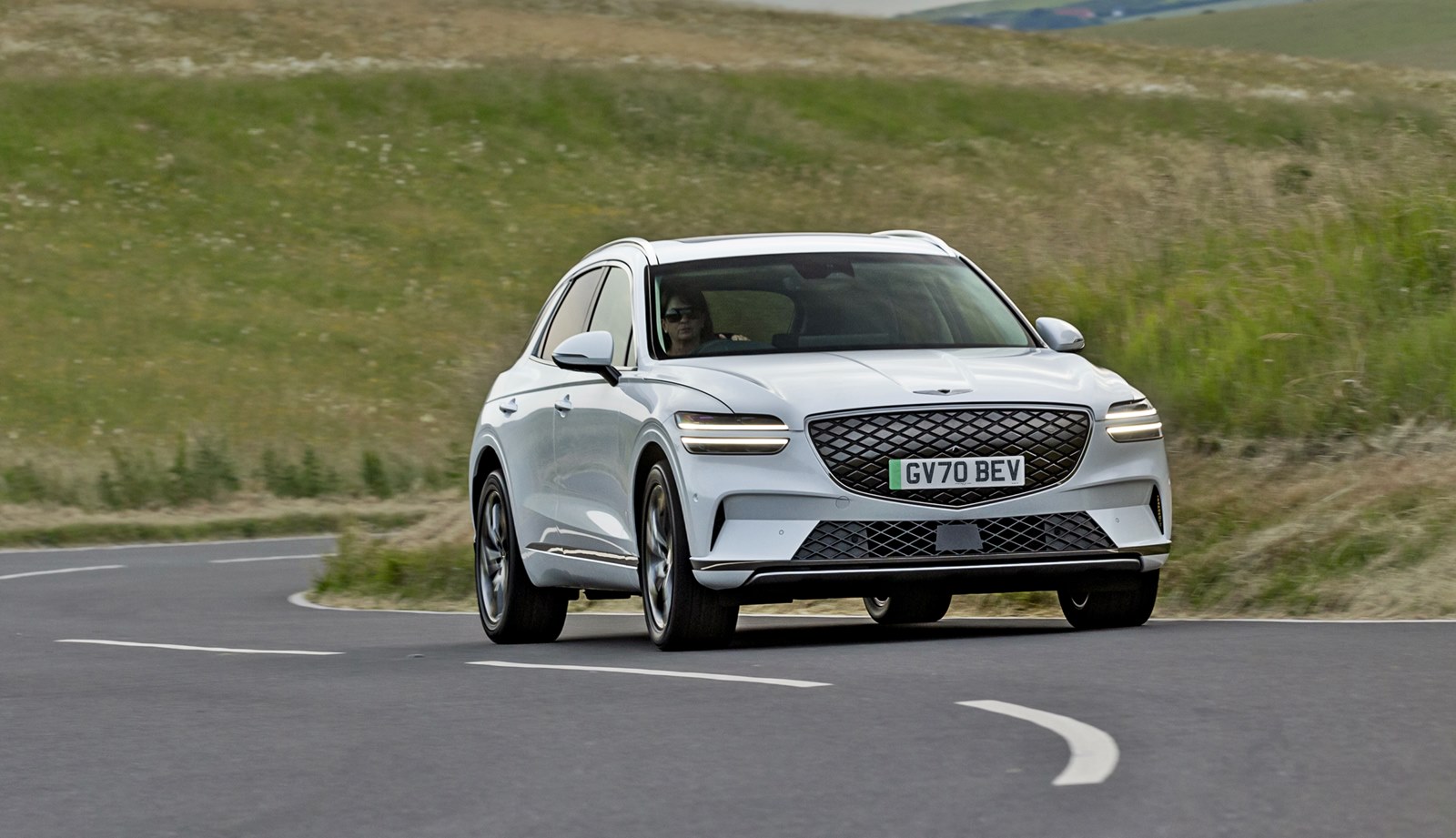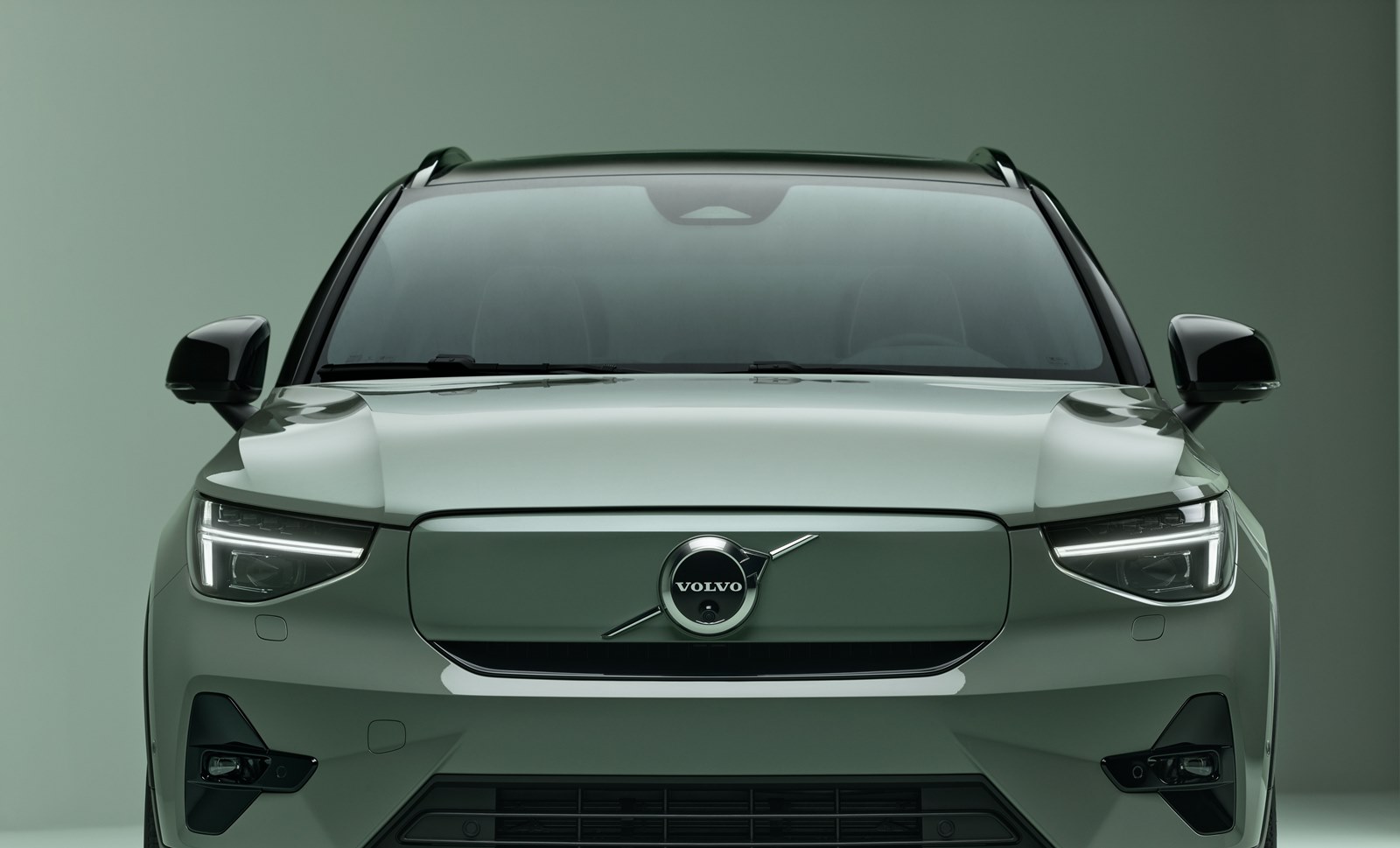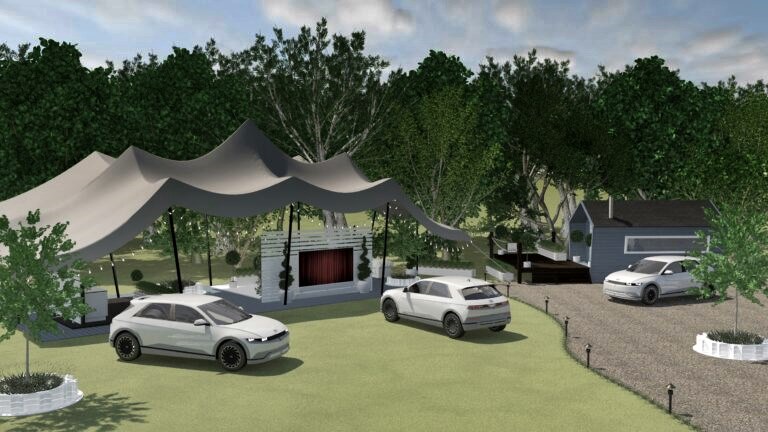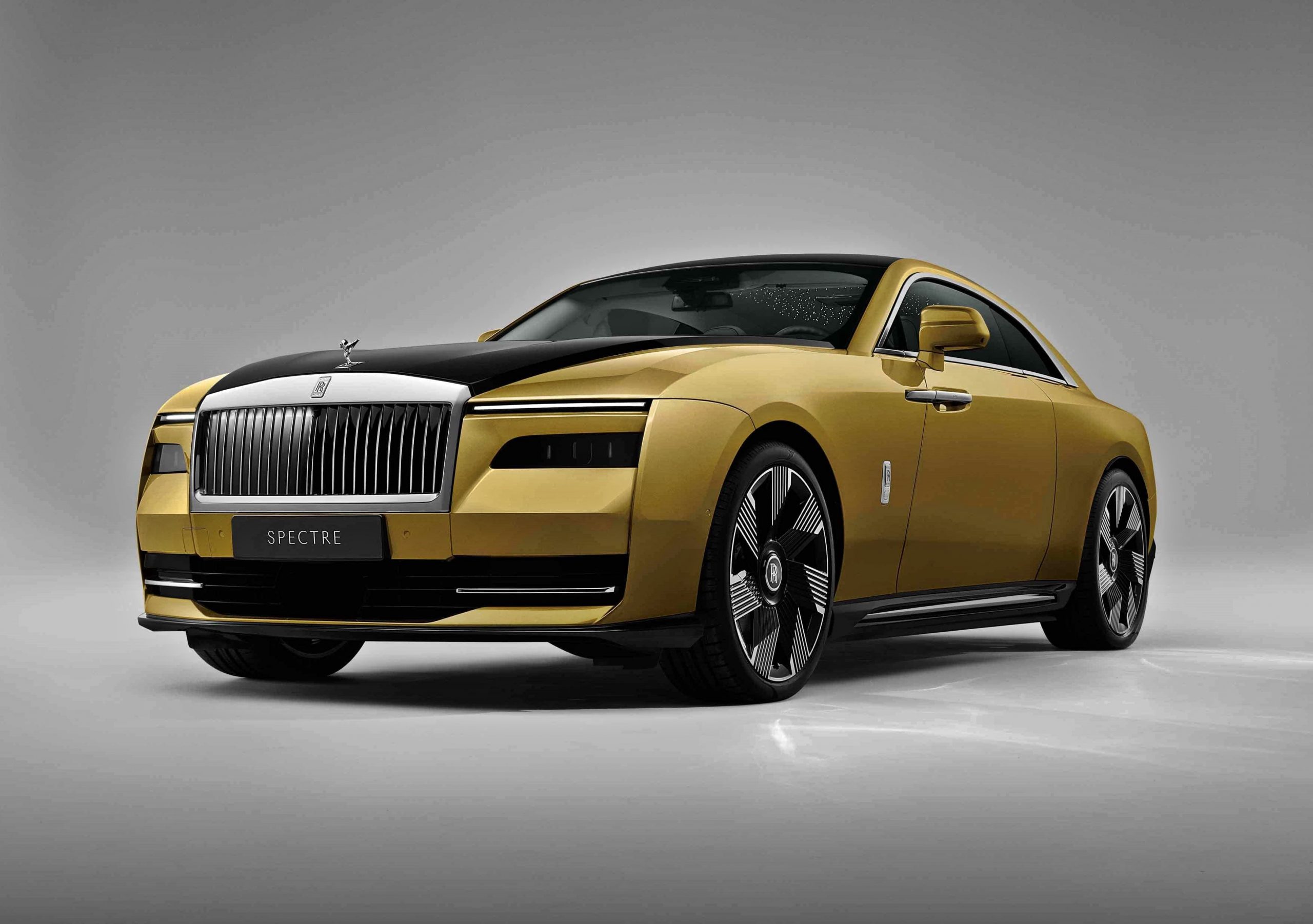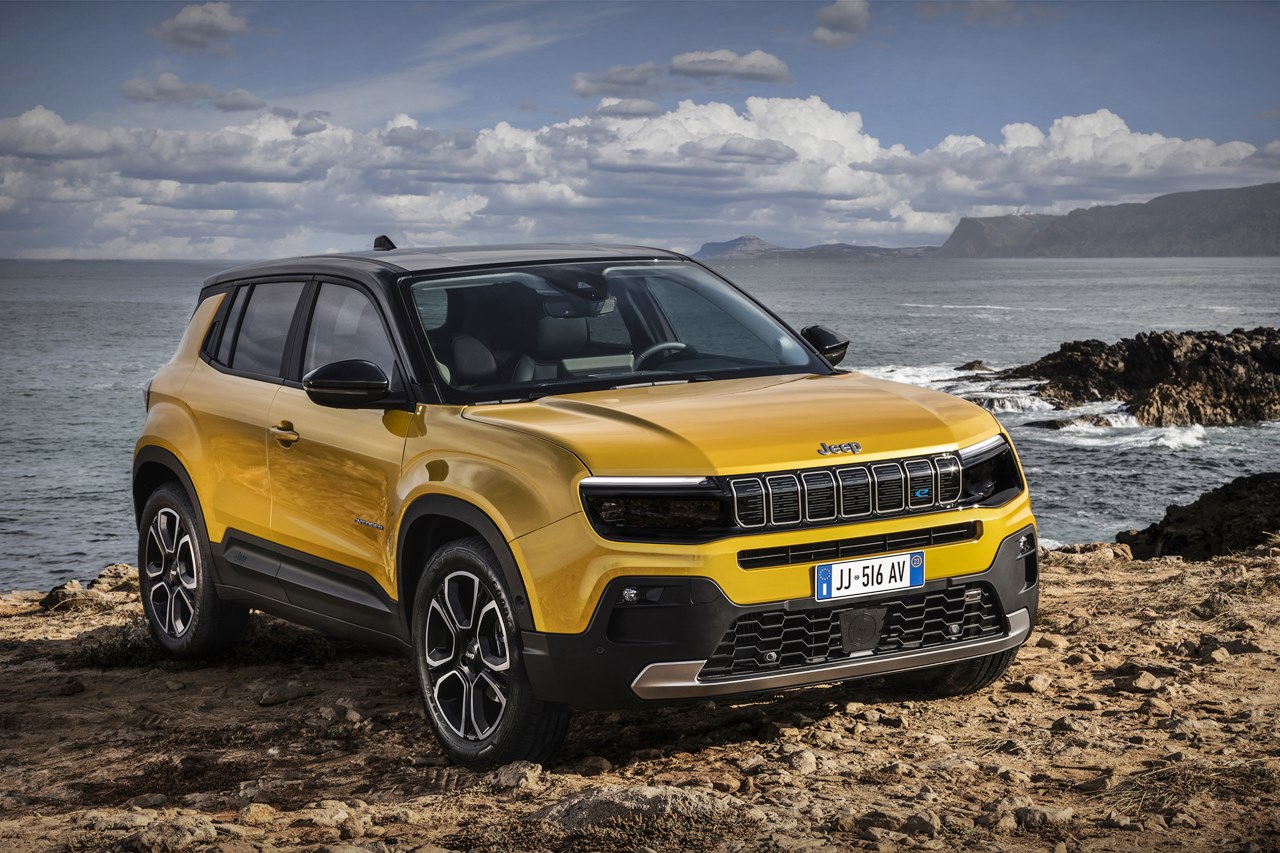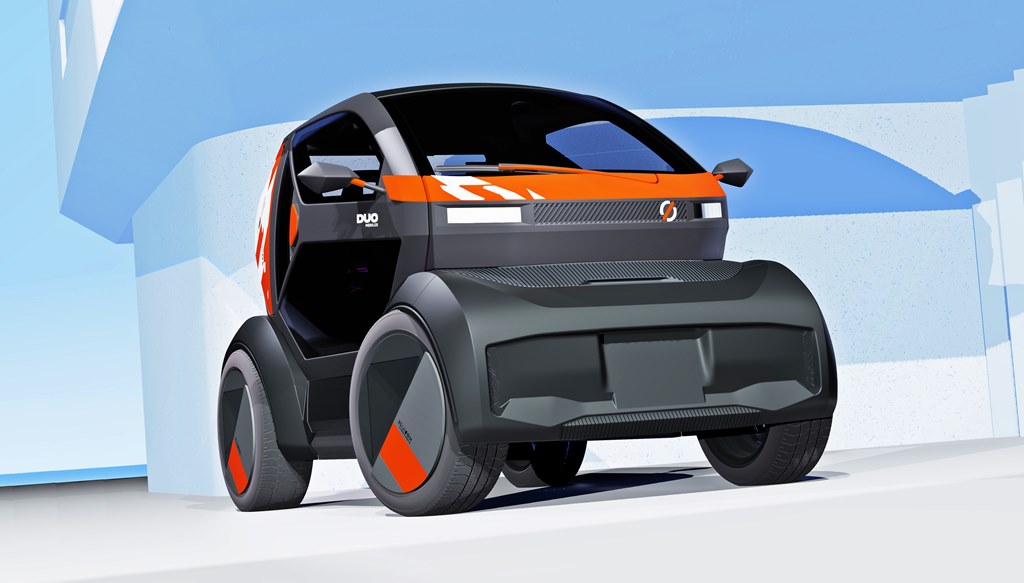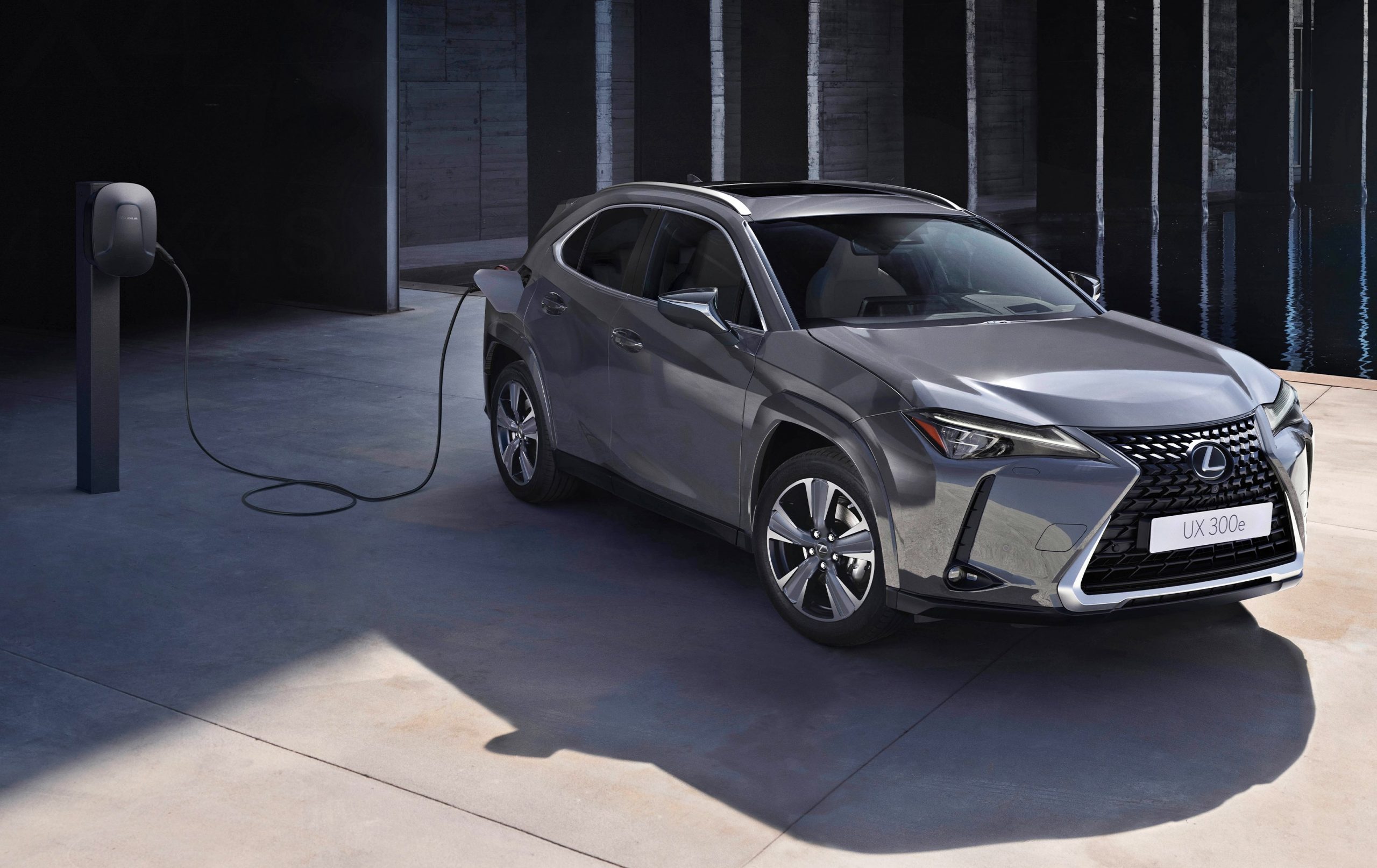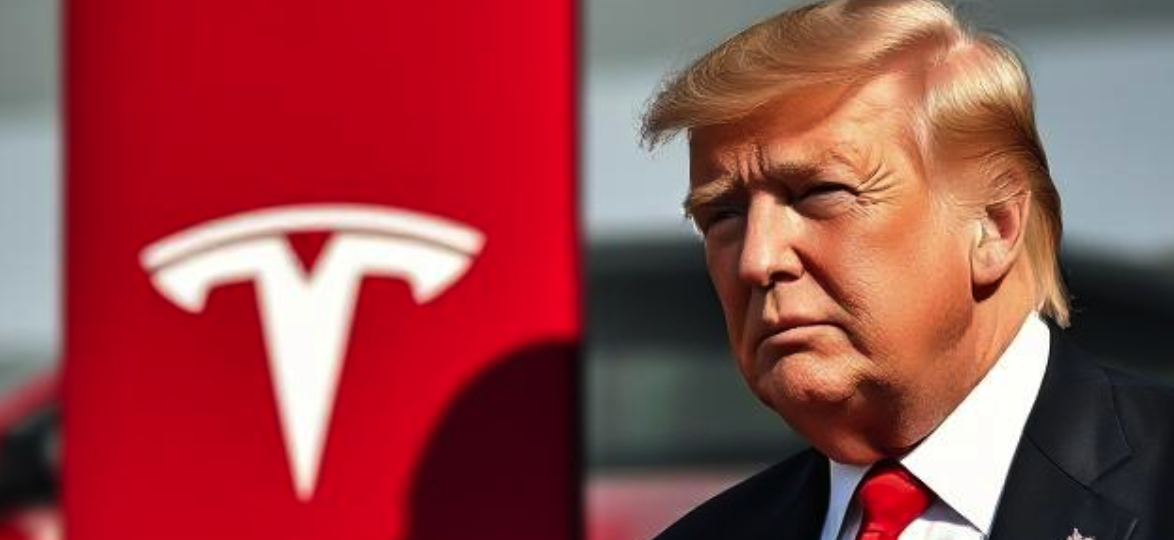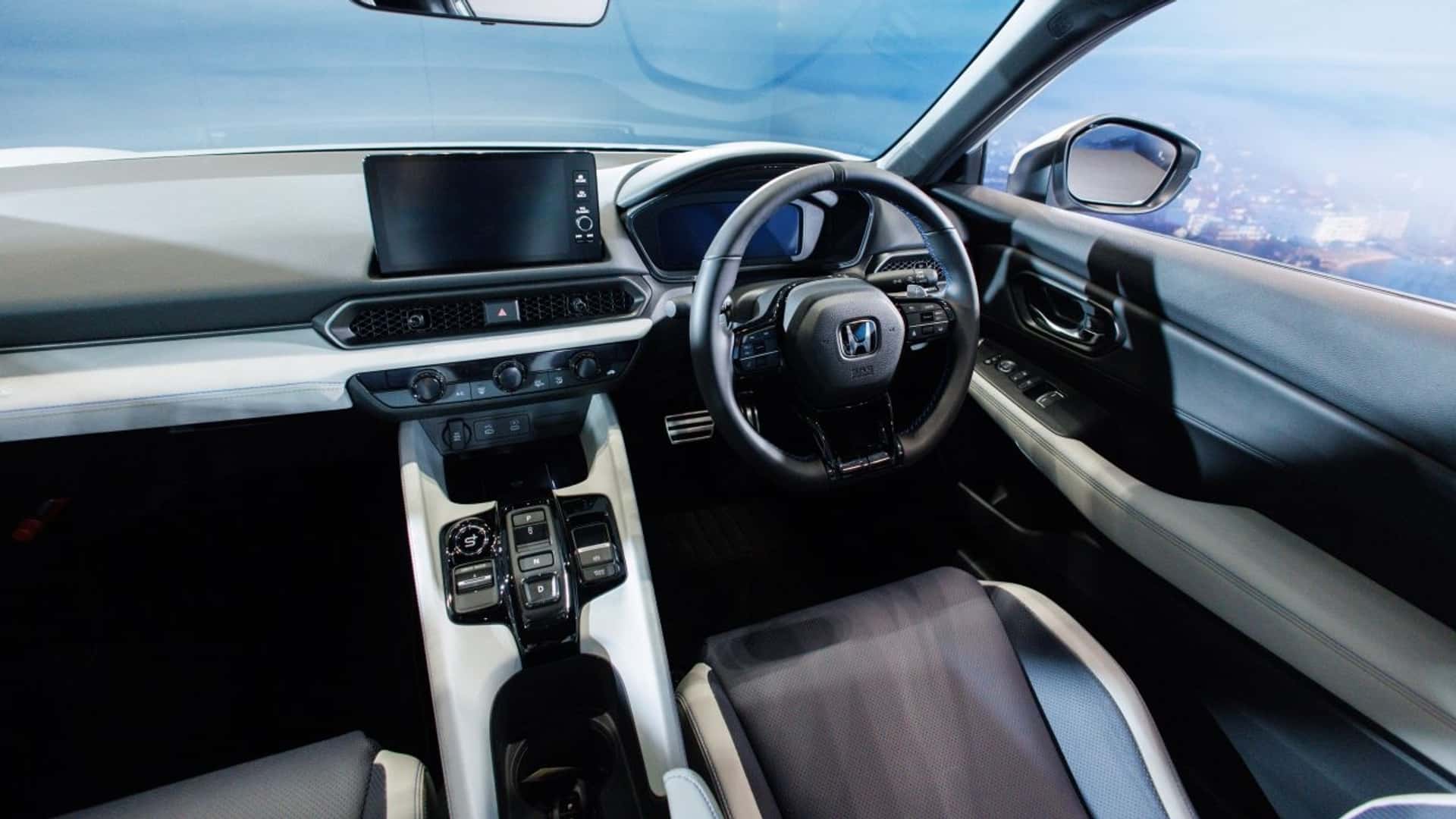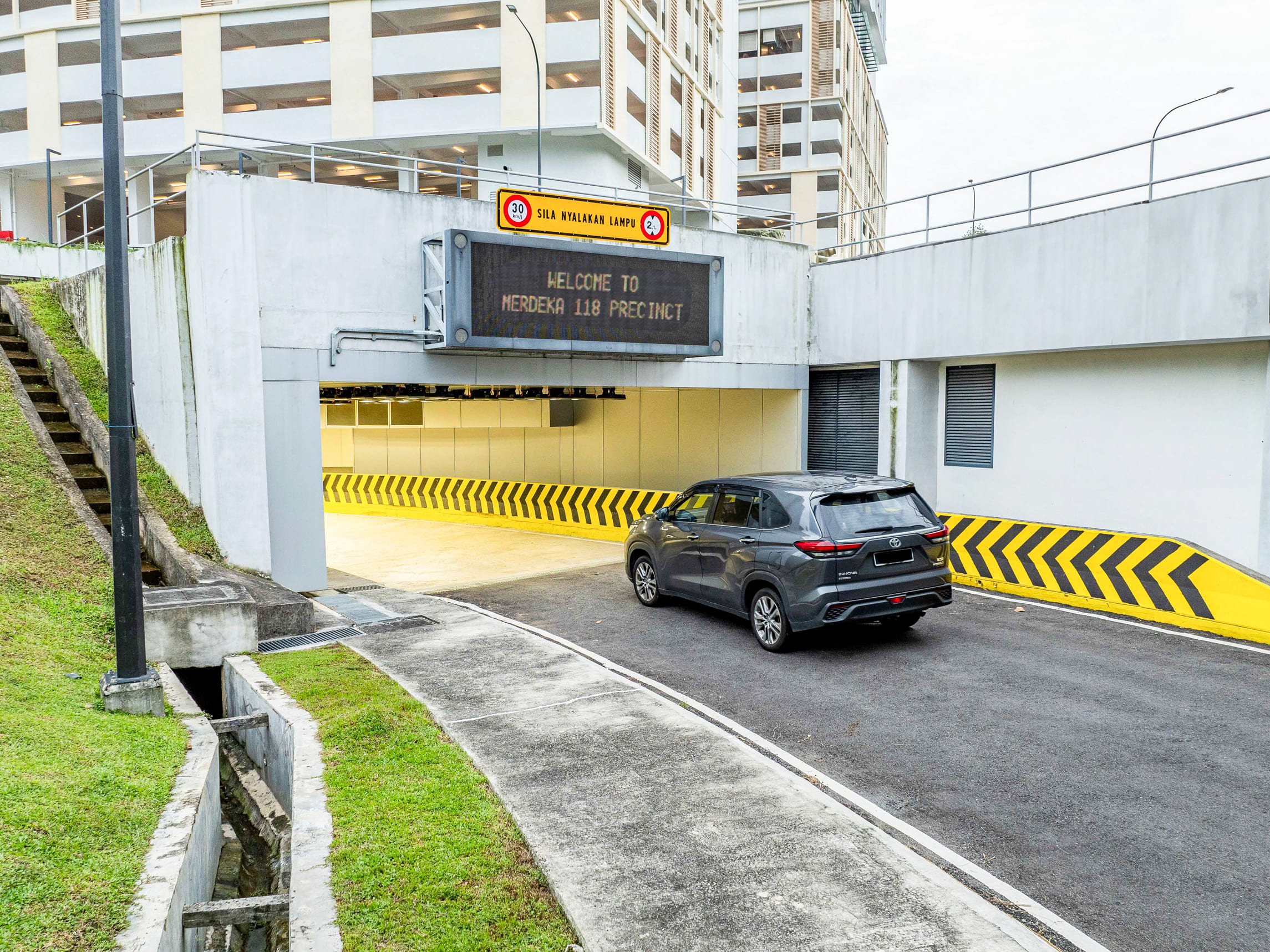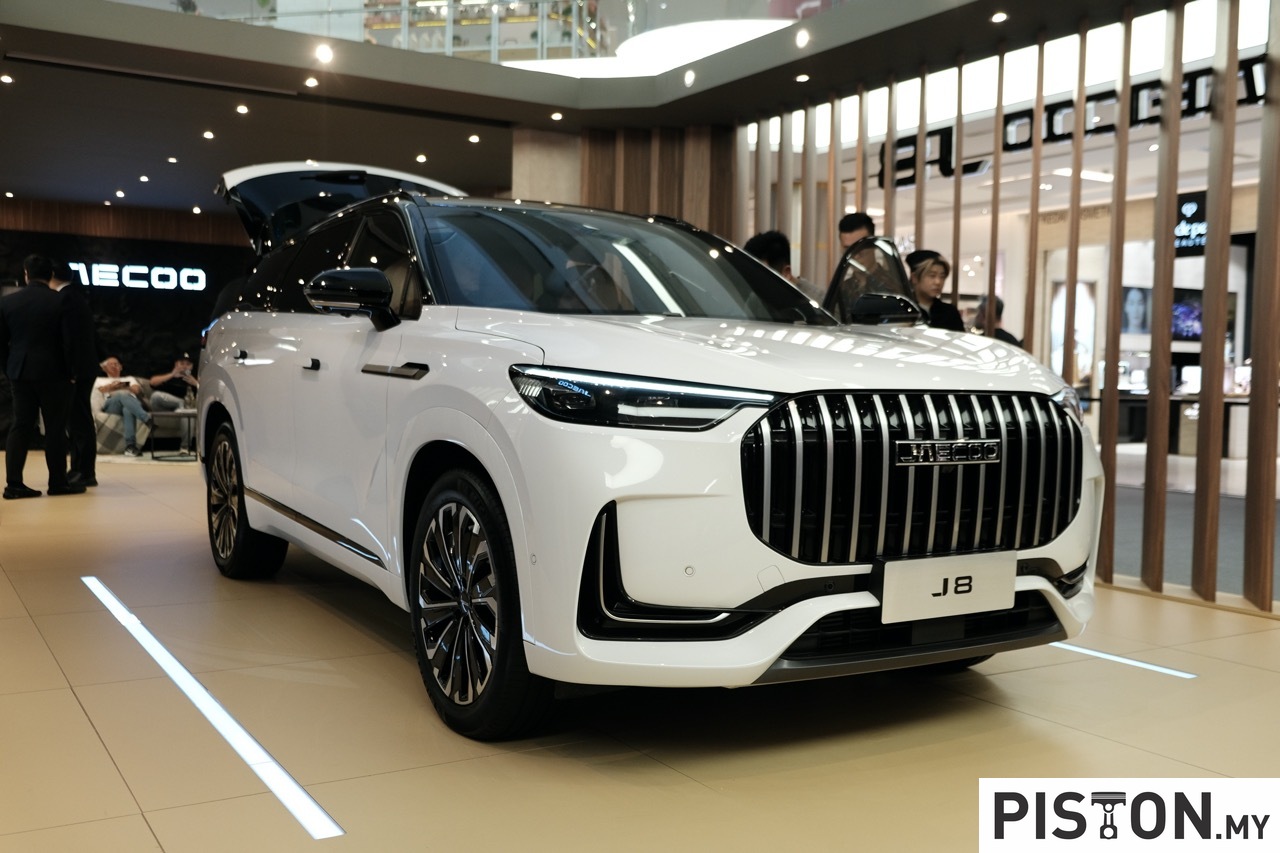20 years after Volvo introduced its first SUV, the Swedish carmaker begins a new era with a totally new SUV that takes it into a fully electric future. Unveiled today in Sweden, the new EX90 is the first of a series of models that will enter the market at the rate of one per year. Volvo has declared that by 2030, it will sell only zero emission electric vehicles – one of the most ambitious electrification blueprints in the automotive industry.
“The Volvo EX90 is a statement for where we are, and where we are going,” said Jim Rowan, Volvo’s CEO. “It’s fully electric with a range of up to 600 kilometres on a single charge, designed to further raise our safety standards, the first Volvo car to be truly defined by its software and part of a wider ecosystem, connecting to your home and your other devices. The Volvo EX90 is the start of something new for Volvo Cars in many ways.”
(more…)



